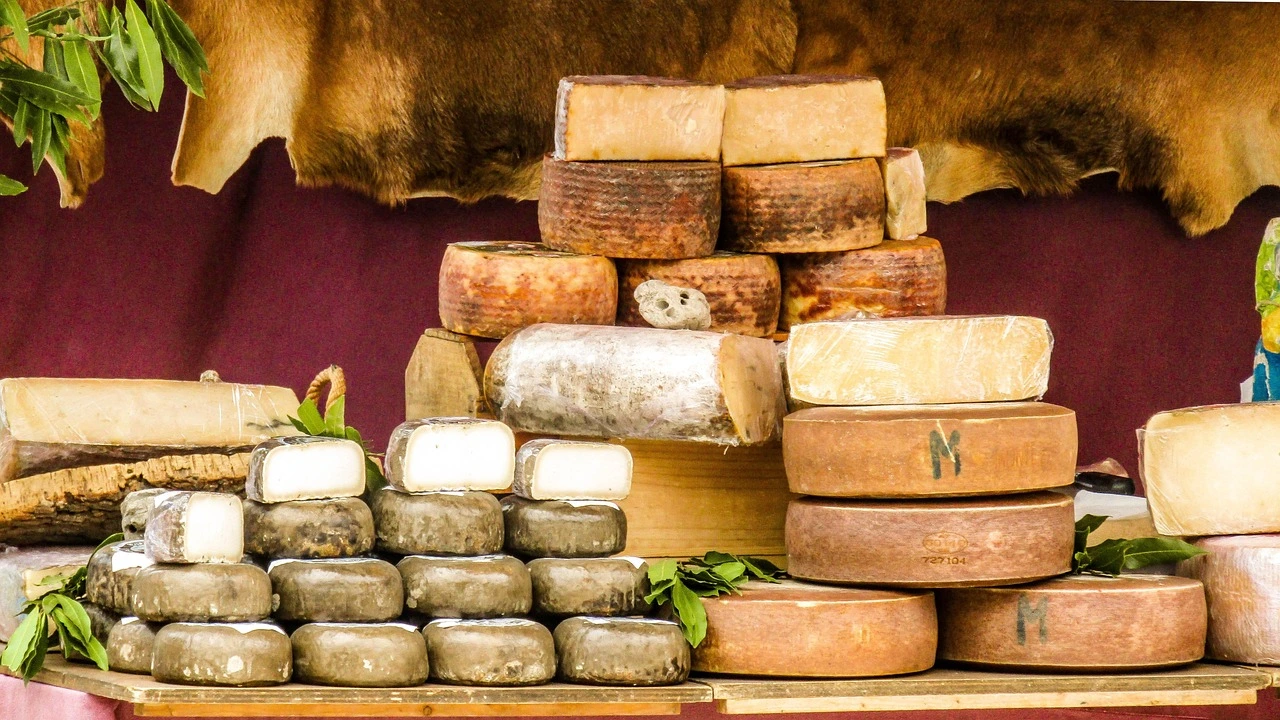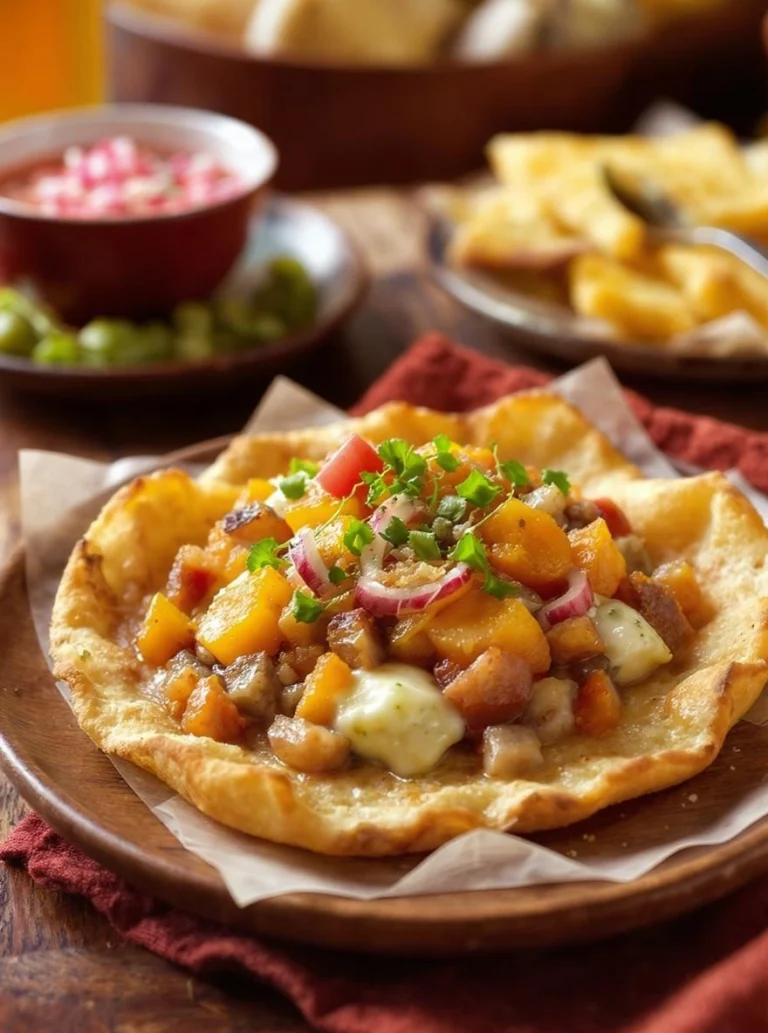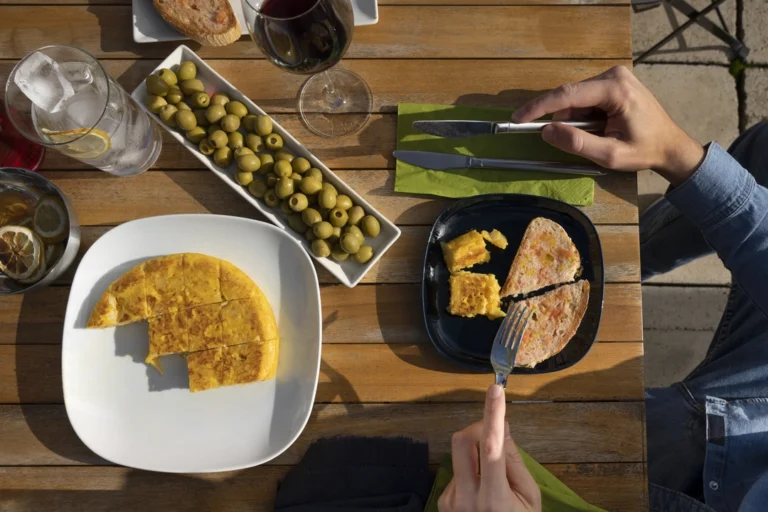Spanish Cheeses: From Manchego to Cabrales
Table of Contents
Okay, let’s be real here – when most people think of Spanish food, they’re probably picturing paella or maybe some killer tapas. But hold up, because you’re seriously missing out if you haven’t dove into Spain’s cheese game. I’m talking about a whole world of incredible cheeses that’ll make you forget all about that overpriced stuff at the fancy cheese counter.
Why Spanish Cheese Should Be on Your Radar
So here’s the thing – Spain’s been making cheese for literally thousands of years. We’re talking Bronze Age stuff here! Today, they’ve got over 150 different types of cheese, and 26 of them have this fancy Protected Designation of Origin stamp, which basically means they’re the real deal and not some knockoff.
What makes Spanish cheese so awesome? It’s all about the geography, my friend. You’ve got lush green pastures up north giving you creamy cow’s milk cheeses, sheep hanging out in the central plains, and goats doing their thing in the mountains. Each region’s got its own vibe, and trust me, you can taste the difference.
The climate plays a huge role too. From the humid, misty conditions in Galicia to the dry, sunny plains of La Mancha, every region creates cheeses that reflect their landscape. It’s like each cheese has its own personality shaped by where it grew up.
Quick Cheese Age Guide (Because It Actually Matters)
Before we dive into the good stuff, here’s what you need to know about Spanish cheese aging – and honestly, this stuff makes a huge difference in what you’re gonna get:
- Fresco = Fresh and mild, hasn’t been aged at all (great for cooking and melting)
- Semicurado = Semi-aged for 2-3 months (the sweet spot for most people – not too mild, not too intense)
- Curado = Aged 4+ months (where things get interesting and intense, perfect for wine nights)
The age totally changes the game. Younger cheeses are creamy and mild, perfect for throwing in a grilled cheese or melting over vegetables. But the aged stuff? That’s where the magic happens – complex flavors, firmer textures, and those crystalline bits that make you go “mmm” with every bite.
The All-Stars You’ve Gotta Try
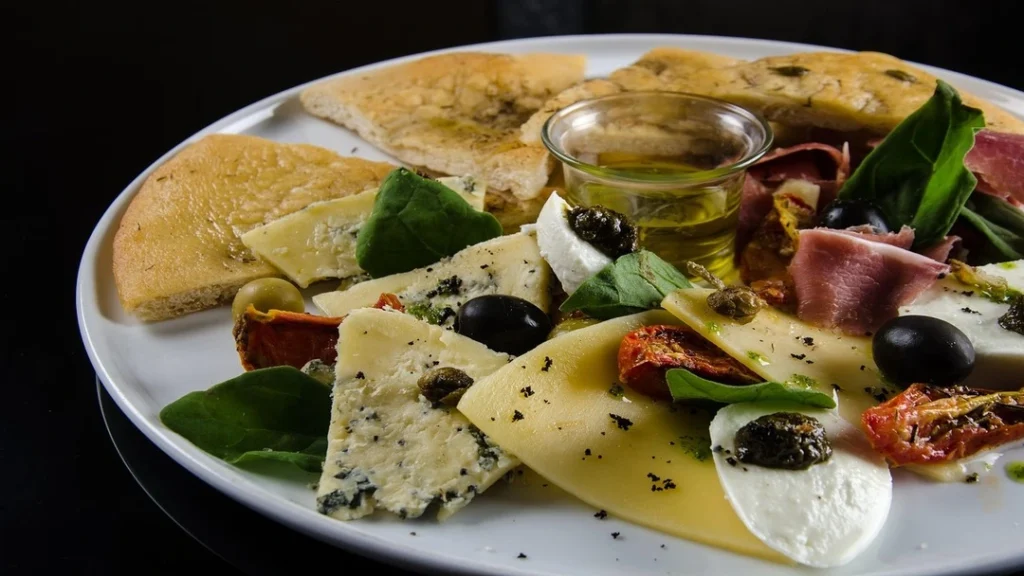
Manchego: The Famous One (And Yeah, It Lives Up to the Hype)
This is the cheese that put Spanish cheese on the map, and honestly? It deserves all the attention. Made from sheep’s milk in La Mancha (yep, Don Quixote territory), this stuff is buttery, nutty, and gets better with age. You can spot it by that cool herringbone pattern on the rind – that’s from the traditional grass molds they use.
Here’s what’s wild about Manchego – it makes up about a third of all Spanish cheese production. That’s how much people love this stuff. The young versions are creamy and mild, perfect for sandwiches or melting. But the aged curado and viejo? That’s when things get serious. We’re talking tangy, complex flavors that’ll make you understand why this cheese has been famous for centuries.
Pro tip: Don’t just grab the first Manchego you see. The older stuff (curado and viejo) has way more flavor and complexity. It’s like the difference between a good wine and… well, cheap wine. And that herringbone pattern? It’s not just for show – it comes from traditional esparto grass molds that create those distinctive crosshatch marks.
Cabrales: The Blue Cheese That’ll Blow Your Mind
If you think you don’t like blue cheese, you haven’t tried Cabrales. This beast from Asturias is aged in actual limestone caves (how cool is that?), and it’s got this perfect balance of creamy texture and intense flavor. They sometimes blend cow, sheep, and goat milk, which sounds crazy but totally works.
What makes Cabrales special is where it’s aged – these natural limestone caves in the mountains create the perfect environment for the blue-green mold to develop. The caves stay cool and humid year-round, and you literally can’t replicate these conditions anywhere else. That’s why authentic Cabrales tastes like nothing else on earth.
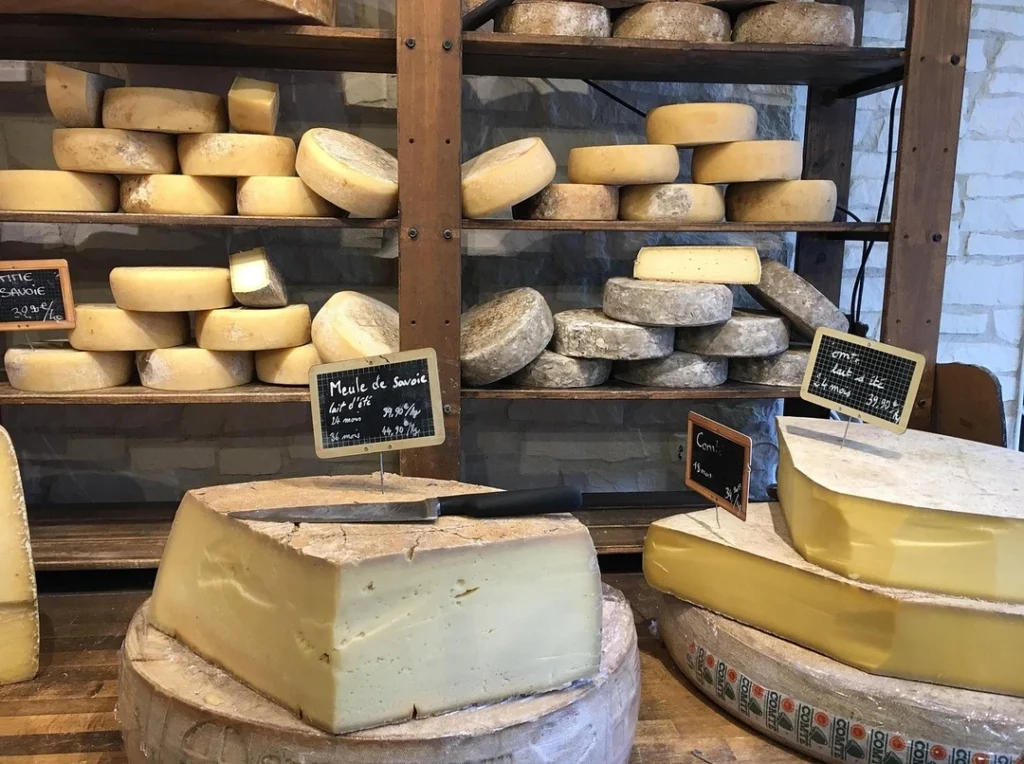
The texture is incredible too – creamy but with a slight crumble, and that blue-green veining running through it like marble. The flavor is sharp and pungent, but in the best way possible. It’s got this complexity that hits you in waves.
Fair warning: this isn’t for the faint of heart. But if you’re feeling adventurous, it’s absolutely worth it. Try it with honey or quince paste to balance out the intensity.
Tetilla: The Cute One with the Weird Shape
Okay, so this one’s shaped like… well, let’s just say it’s very distinctive and reminds you of a certain body part. It’s from Galicia and made from cow’s milk, super mild and buttery. Perfect if you’re not into intense flavors but still want to try something Spanish. Plus, it melts like a dream – I’ve used it in grilled cheese and it’s phenomenal.
The shape isn’t just for giggles though – it actually serves a purpose. The conical shape helps with the aging process and makes it easy to slice. And honestly, once you taste it, you’ll forget all about the shape because it’s just so good.
What I love about Tetilla is how approachable it is. It’s made from pasteurized cow’s milk, so it’s mild and creamy with just a slight tang. The texture is smooth and supple, and it melts beautifully. This is the cheese I’d recommend if you’re just starting your Spanish cheese journey.
Mahón: The Island Treasure
This one’s from Menorca (those beautiful Balearic Islands), and it’s got this gorgeous orange rind that develops as it ages. It’s got a slight saltiness from the sea air, and the texture is just perfect – firm but not hard. Spanish chefs love using this in cannelloni and béchamel sauces, and honestly, once you try it, you’ll get why.
Here’s what’s cool about Mahón – it’s shaped using this special cotton cloth that gives it these characteristic square corners. The traditional method uses raw cow’s milk, and the cheese develops this amazing orange rind as it ages. The younger versions are mild and creamy, perfect for melting, while the aged ones get more complex and tangy.
The slight saltiness comes from the island’s maritime climate, and you can literally taste the Mediterranean in every bite. It’s got this clean, fresh flavor that’s not too intense but still interesting. The texture is firm but not hard, and it slices beautifully.
Spanish chefs are obsessed with this stuff for good reason. It melts perfectly for stuffing cannelloni, makes incredible béchamel sauces, and is amazing just eaten on its own with some crusty bread.
Torta del Casar: The Oozy Indulgence
This is the cheese that’ll make you question everything you thought you knew about cheese. It’s so creamy and soft that you literally cut off the top and spread it on bread like butter. Made from sheep’s milk in Extremadura, it’s got this incredible depth of flavor that’s just… chef’s kiss.
The name “torta” means cake, and once you see it, you’ll understand why. It’s got this slumped, cake-like shape that happens because of the special coagulant they use – it comes from cardoon thistles, which creates this super soft, almost liquid interior.
This is made from raw Merino and Entrefino sheep’s milk, and the flavor is intense and well-developed. It’s got this distinctive aroma that might seem strong at first, but once you taste it, you’ll be hooked. The texture is what really gets you though – it’s so creamy and rich that it literally melts in your mouth.
The traditional way to eat it is to cut off the top rind and use it as a natural bowl, then spread the oozy interior on fresh or toasted bread. It’s messy, indulgent, and absolutely incredible.
Fair warning: it’s messy to eat, but in the best possible way. This is definitely a cheese for special occasions or when you want to impress someone.
Idiazabal: The Smoky Surprise
From the Basque Country, this one’s lightly smoked and tastes like burnt caramel mixed with bacon (I know, right?). It’s made from sheep’s milk and has this amazing oily mouthfeel that’s super satisfying. If you’re into BBQ or smoky flavors, this needs to be on your list.
What makes Idiazabal special is the smoking process – it’s traditionally done near farmhouse fireplaces, which gives it this subtle, distinctive smokiness. The cheese is made from raw milk from Latxa or Carranza sheep, and the texture is compact but not crumbly.
The flavor is incredible – you get this burnt caramel sweetness mixed with smoky bacon notes, and it finishes with this subtle spicy kick. It’s got this pleasantly oily mouthfeel that coats your tongue in the best way.
This is definitely one of those cheeses that stands out on a cheese board. People always ask what it is because the smoky flavor is so unique and addictive.
Some Hidden Gems Worth Hunting Down
Don’t sleep on these lesser-known varieties – they’re absolutely worth seeking out:
Garrotxa from Catalonia is this amazing comeback story. It almost went extinct but was revived by passionate artisanal cheesemakers in the 1980s. It’s made from goat’s milk and develops this beautiful velvety blue-gray moldy rind. The inside is pristine white with a dense, buttery texture and these incredible mild, milky flavors with hints of herbs and nuts.
Arzúa-Ulloa from Galicia is pure comfort food in cheese form. The young versions have these lovely milky aromas and flavors that remind you of yogurt, vanilla, and walnuts. It’s creamy and approachable, perfect for people who want to try something Spanish but aren’t ready for the intense stuff.
San Simón da Costa is another Galician gem that’s traditionally smoked with birch wood. It’s got this gorgeous teardrop shape and a fairly mild flavor with buttery notes and delicate smoke. The smoking process gives it this beautiful golden color and adds just enough smokiness without overpowering the cheese.
These regional specialties show just how diverse Spanish cheese can be. Each one tells the story of its region and the people who make it.
How to Actually Use These Cheeses
Easy Appetizers That’ll Impress
The classic move? Manchego with quince paste (membrillo). It’s like the Spanish version of wine and cheese, but better. The sweet, floral quince perfectly balances the nutty, salty cheese. Cut them into small cubes and serve with toothpicks – boom, instant Spanish tapas.
Cabrales-stuffed dates wrapped in bacon are absolutely incredible. The sweetness of the dates mellows out the intense blue cheese, and the bacon adds that crispy, salty element. It sounds weird but tastes like heaven.
Mahón croquettes are basically little golden balls of cheesy heaven. They’re crispy on the outside, creamy on the inside, and perfect for parties. The cheese melts beautifully and creates this amazing stretchy texture inside the crispy coating.
Try serving Tetilla with some crusty bread and olive oil – simple but so good. The mild flavor lets the quality of the cheese shine through.
And don’t forget about Torta del Casar as a showstopper appetizer. Cut off the top, provide some good bread, and watch people’s faces light up when they taste it.
Main Dish Magic
Stuff some chicken breasts with Manchego, sun-dried tomatoes, and garlic. The cheese melts inside the chicken and creates this incredible flavor combination. It’s fancy enough for dinner parties but easy enough for weeknight cooking.
Make a Spanish-style mac and cheese with Mahón and smoked paprika. The Mahón melts perfectly and has this slight saltiness that works so well with pasta. Add some chorizo if you’re feeling extra.
Use Idiazabal in a risotto – the smoky flavor adds this incredible depth that’ll make people think you’re some kind of culinary genius.
Try melting Tetilla over roasted vegetables or using it in a Spanish tortilla. It melts beautifully and doesn’t overpower the other flavors.
Salads and Sides That Actually Matter
Add crumbled aged Manchego to a simple green salad with sherry vinaigrette. The cheese adds protein and these amazing nutty, crystalline bits that make every bite interesting.
Tetilla works beautifully in warm salads – try it with roasted peppers and arugula. The mild flavor complements the vegetables without overwhelming them.
Use Mahón in a potato gratin – layer thin potato slices with the cheese and cream, then bake until golden. The slight saltiness of the cheese enhances the potatoes perfectly.
Creative Swaps That’ll Change Your Life
Here’s where it gets fun – you can substitute these Spanish cheeses in recipes you already know and love. Use Castellano instead of Parmesan in pasta dishes – it’s got a similar hard texture but with a distinctly Spanish flavor profile.
Swap Brie for Torta del Casar on a cheese board – your guests will be blown away by the creamy texture and complex flavor. It’s like upgrading from economy to first class.
Use Cabrales instead of Roquefort in salad dressings or sauces. It’s got that same pungent blue cheese flavor but with its own unique character.
Try Idiazabal in place of smoked gouda in recipes – the smoky flavor is more subtle and complex.
The Women Behind the Cheese (This Part’s Actually Really Cool)
Here’s something that’ll make you appreciate these cheeses even more – women have been the backbone of Spanish cheesemaking for generations. In rural areas like Galicia and Murcia, women traditionally made cheese in their homes, passing down recipes and techniques through families.
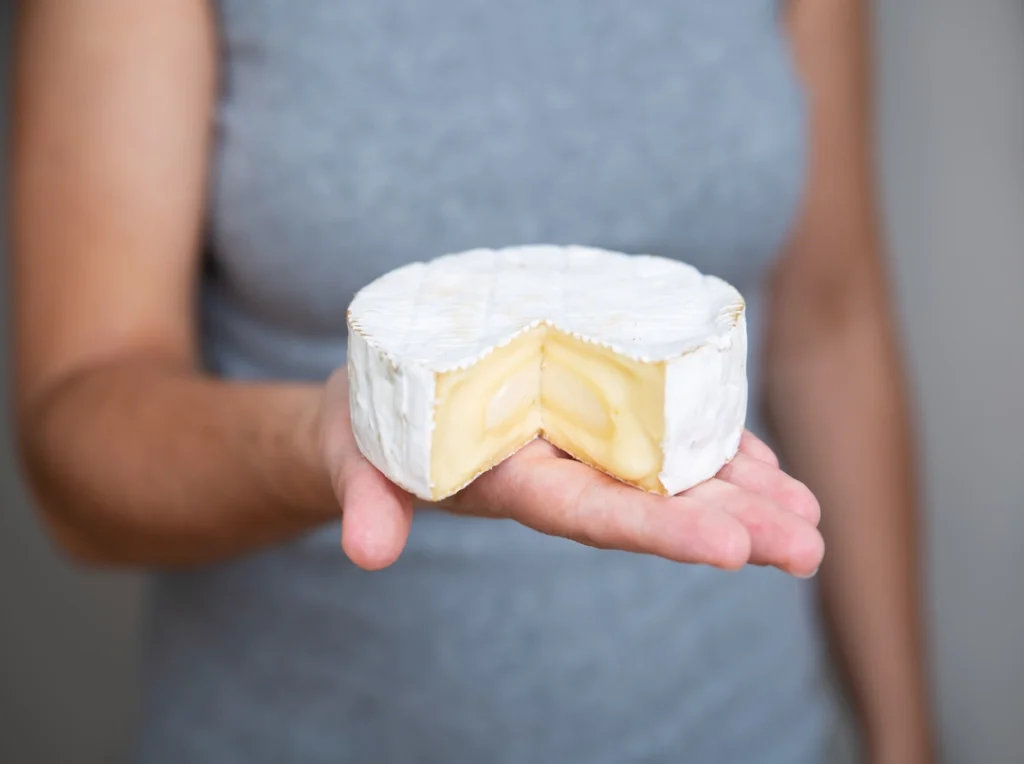
Even today, women are leading the charge in Spanish cheesemaking. Take Galmesán in Galicia – it’s run by Carmela Cano, and over 70% of their workforce is female. They’ve got María Jesús as their cheese master and Marta handling quality control. These women are blending ancestral wisdom with modern technology, and it shows in the quality of their cheese. They even won Super Gold at the 2023 World Cheese Awards!
Monte Enebro in Ávila is another great example. Paloma Baez now leads the company that her legendary father Rafael started, and 70% of her team is female. Her sister María Jesús oversees manufacturing and quality control. It’s this perfect blend of family tradition and modern innovation.
These women aren’t just following old recipes – they’re innovating and pushing Spanish cheese to new heights while respecting the traditions that made these cheeses special in the first place.
Shopping Tips (Because Nobody Likes Wasting Money)
Look for that DOP (Denominación de Origen Protegida) label – it’s like a guarantee that you’re getting the real deal. This certification means the cheese was made in the right region using traditional methods and meets strict quality standards. It’s worth paying a bit more for this authentication.
When you’re at the cheese counter, don’t be afraid to ask for a taste. Most good cheese shops will let you sample before buying, and it’s the best way to know if you’re gonna like something.
Store your cheese properly – wrap it in wax paper or cheese paper, not plastic. Plastic makes cheese sweat and can ruin the texture. Keep it in the refrigerator, but let it come to room temperature before serving. This is especially important for the softer cheeses like Torta del Casar.
Remember that younger cheeses are great for cooking and melting, while the aged stuff is best enjoyed on its own or with minimal accompaniments. Don’t waste a beautiful aged Manchego by melting it in a sandwich – save it for a proper tasting.
Buy from shops that have good turnover. Cheese is a living product, and you want it as fresh as possible. If you’re shopping at a grocery store, check the dates and look for any signs of over-aging or poor storage.
Perfect Pairings (Because Life’s Too Short for Bad Combinations)
Spanish cheeses go perfectly with Spanish wines, and honestly, it’s like they were made for each other. Tempranillo with Manchego is a classic combo – the wine’s earthy, fruity notes complement the cheese’s nuttiness perfectly.
Albariño from Galicia is incredible with Cabrales. The wine’s crisp acidity cuts through the richness of the cheese, and the mineral notes play beautifully with the blue cheese’s complexity.
But don’t overlook beer pairings either. Estrella Damm with Mahón croquettes is chef’s kiss – the beer’s lightness balances the rich, creamy cheese perfectly.
For something different, try Spanish sherry with these cheeses. A dry Fino works amazingly with Manchego, while a sweet Pedro Ximénez is incredible with Cabrales.
Don’t forget about non-alcoholic pairings too. Quince paste (membrillo) with Manchego is the classic, but try honey with Cabrales, or fig jam with Tetilla. These sweet accompaniments balance the saltiness of the cheese and create these amazing flavor combinations.
The Bottom Line
Spanish cheese isn’t just about Manchego (though that’s pretty great too). There’s this whole incredible world of flavors and textures that’ll make your taste buds do a happy dance. Whether you’re throwing a party, cooking dinner, or just want to level up your cheese game, these Spanish beauties have got you covered.
What I love most about Spanish cheese is how it reflects the country’s incredible diversity. From the misty mountains of Asturias to the sunny plains of La Mancha, each region has created cheeses that capture their unique character. You’re not just eating cheese – you’re tasting centuries of tradition and the landscapes that shaped these incredible flavors.
The variety is mind-blowing too. You’ve got everything from mild, creamy Tetilla that won’t scare anyone to intense, cave-aged Cabrales that’ll knock your socks off. There’s literally something for every palate and every occasion.
And here’s the thing – these cheeses aren’t just delicious, they’re also supporting incredible artisanal traditions. When you buy authentic Spanish cheese, you’re supporting small producers who’ve been perfecting their craft for generations. You’re keeping these traditional methods alive and helping ensure that future generations can experience these amazing flavors.
So next time you’re at the cheese counter, skip the usual suspects and ask for something Spanish. Tell them you want to try some Manchego, or be adventurous and go for the Cabrales. Your palate will thank you, and you’ll have some pretty cool stories to tell about cave-aged cheese and ancient traditions.
Trust me on this one – Spanish cheese is about to become your new obsession. Once you start exploring these incredible varieties, you’ll never look at cheese the same way again. It’s not just food – it’s a delicious journey through Spanish culture, history, and the passionate people who make it all possible.

